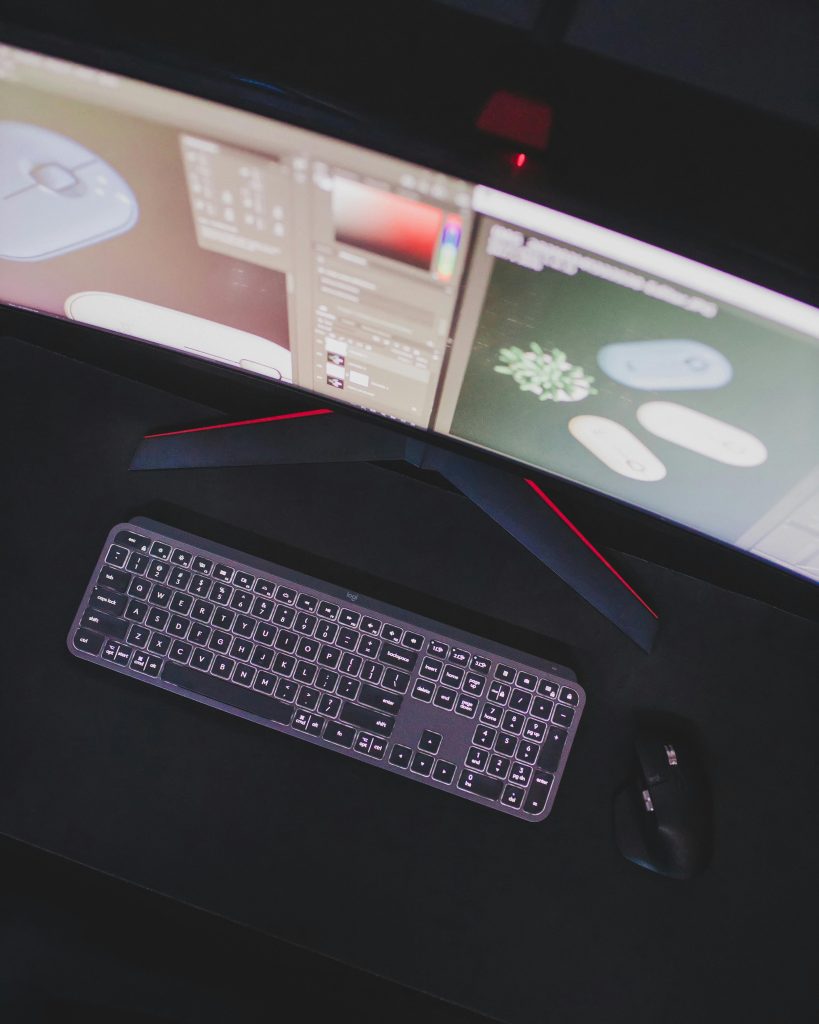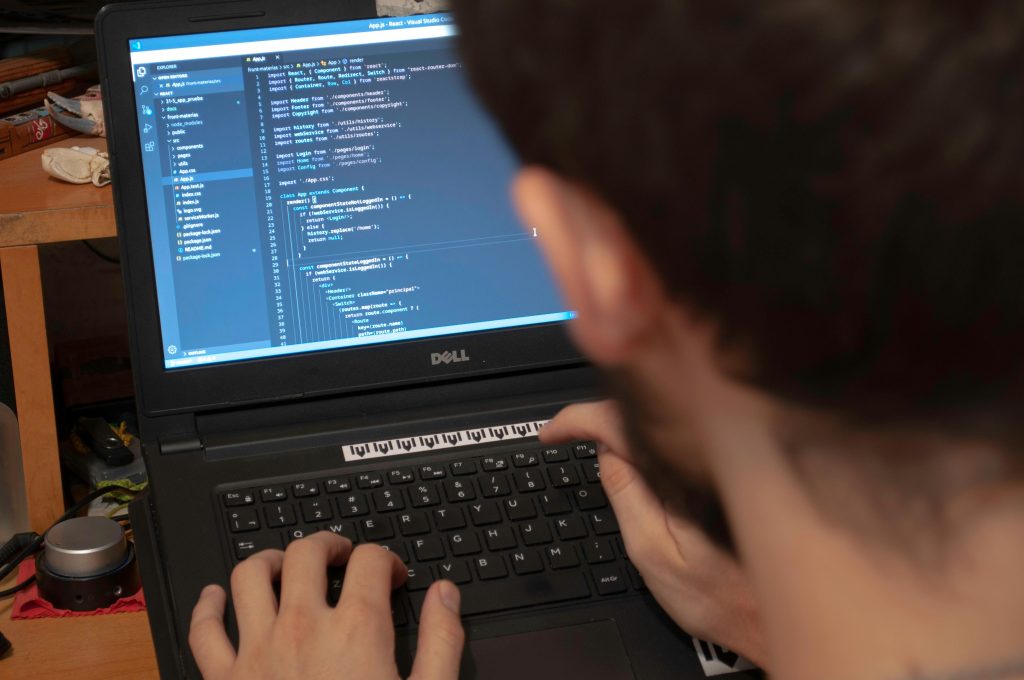Troubleshooting Boot Failures After Connecting an External HDD to a New PC
Introduction
Connecting external storage devices can sometimes lead to unexpected system behavior, especially when the drive contains legacy data from older operating systems such as Windows 7. If your PC fails to boot after connecting an external HDD, it’s essential to approach the issue systematically to preserve your data and restore normal function. In this article, we’ll explore common causes and effective troubleshooting steps for resolving boot failures caused by external drives.
Scenario Overview
Suppose you’ve recently connected a Windows 7-formatted external HDD to a new PC built with an ASUS motherboard. During the boot process, your system stalls at the Windows logo animation, then restarts unexpectedly. Initial observations suggest the hiccup coincides with driver loading, specifically during the AVG antivirus driver initialization, which prompted attempts to modify the drive’s configuration. Despite these efforts, the problem persists, affecting boot stability and risking data integrity.
Understanding the Root Causes
Several factors can contribute to boot issues after connecting external drives:
-
Driver conflicts or corruption during hardware initialization.
-
Legacy or incompatible file systems causing Windows to hang or crash.
-
Misconfigured or corrupted boot-related files due to previous drive activity.
-
Potential conflicts with antivirus or security software during startup.
Mitigation Strategy
The overarching goal is to resolve the boot issue while safeguarding the data stored on the external HDD. Here are recommended steps:
-
Isolate the External Drive
-
Disconnect the external HDD from the computer.
-
Attempt to boot the system normally without the drive connected.
-
If the system boots successfully, the drive is likely related to the problem.
-
Verify System Stability
-
Once booted successfully, connect the external HDD to a different PC or use a specialized bootable environment to further diagnose.
-
Use Safe Mode
-
Boot the affected system into Safe Mode:
-
Restart the PC and press F8 (or appropriate key) during startup.
-
Select “Safe Mode” from the menu.
-
If the system boots into Safe Mode, the root cause may be related to drivers or software loading during normal startup.
-
Check for Driver and Hardware Conflicts
-
In Safe Mode, open Device Manager.
-
Look for any devices with warning icons, especially related to storage or antivirus drivers.
-
If identified, update, disable, or uninstall conflicting drivers cautiously.
-
Use Data Recovery Tools
-
To ensure the safety of data on the external HDD:
-
Use reliable data recovery software to
Share this content:



